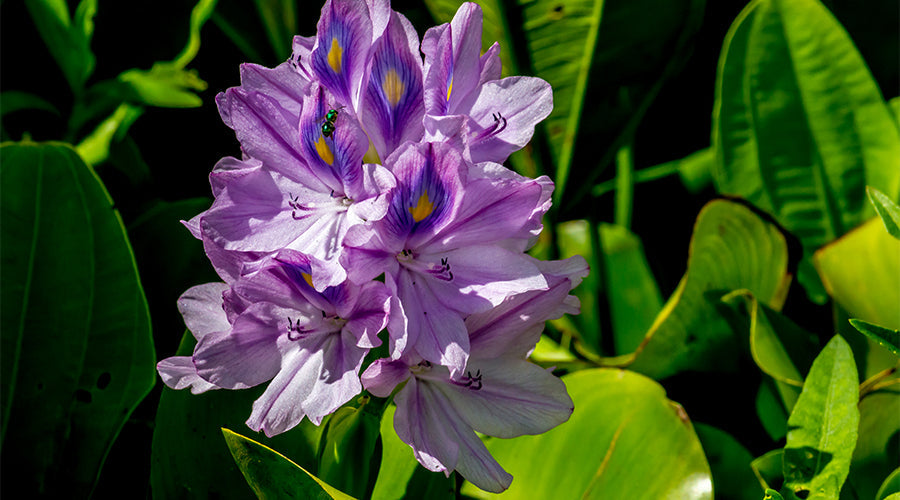
Water Hyacinth - an Invasive Species in Lake Victoria
A free-floating aquatic plant with waxy leaves and violet flowers, the South American water hyacinth was first spotted in Africa in the late 1980’s. With no natural insect opposition or environmental challenges, the plant has the opportunity to double its mass every five days in Lake Victoria, the largest tropical lake in the world.
Looking across the lake now, it’s hard to believe that there is even any water there. What was once a lush and flourishing fishing ground has since become a tangled mass of these aquatic reeds, forcing fishermen to travel farther and farther out into the lake, returning with only a small catch.
Many boats have been abandoned by the shores, and many bellies have gone hungry with the drastically decreased access to suitable fishing grounds.
Some efforts have been made to eradicate the invasive species—such as the introduction of the South American weevil, a known enemy of the water hyacinth. A machine has even been designed for the purpose of removing the reeds from the water’s surface. But these do not seem to be permanent solutions to the problem.
Locals have taken to harvesting the plant themselves for use in traditional crafts and goods. Items that were once made from sisal or banana fibers are now being made with hyacinth reeds.
 The harvesting, splitting, drying, and weaving of these reeds can take days or even weeks, requiring patience, skill, and innovation on the part of the artisan. In spite of these efforts, however, hyacinth products do not sell well in local markets where consumers think of the reeds as a free resource and without considering the time and skill that goes into crafting each piece.
The harvesting, splitting, drying, and weaving of these reeds can take days or even weeks, requiring patience, skill, and innovation on the part of the artisan. In spite of these efforts, however, hyacinth products do not sell well in local markets where consumers think of the reeds as a free resource and without considering the time and skill that goes into crafting each piece.
Ten Thousand Villages offers bookmarks made of recycled copper wire that are mounted on handmade hyacinth paper from artisans in Kenya. The constructive use of this invasive plant demonstrates the resourcefulness and skill of the Kenyan people. By sharing these products with us, we can play a part in the rehabilitation of Lake Victoria.


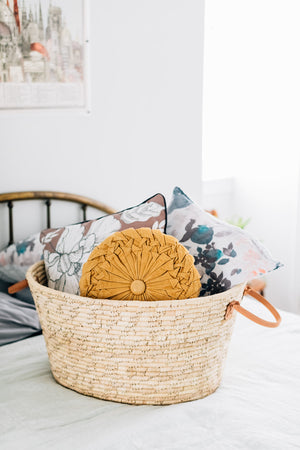
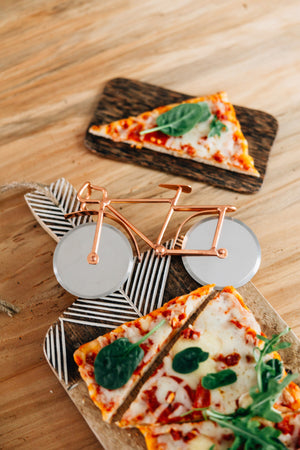
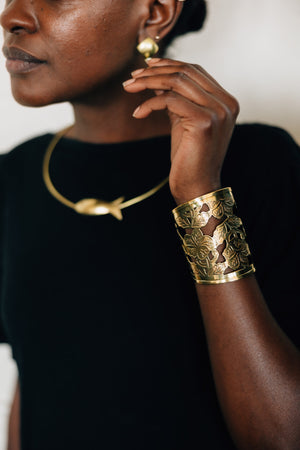
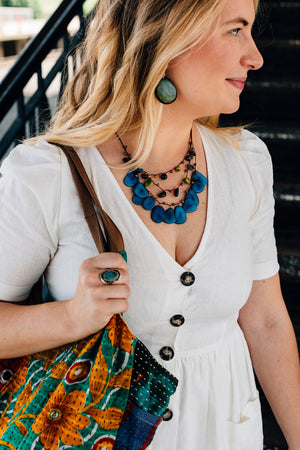
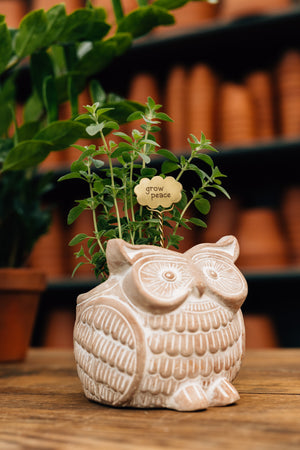
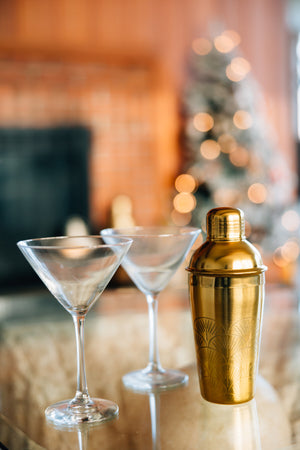


Leave a comment